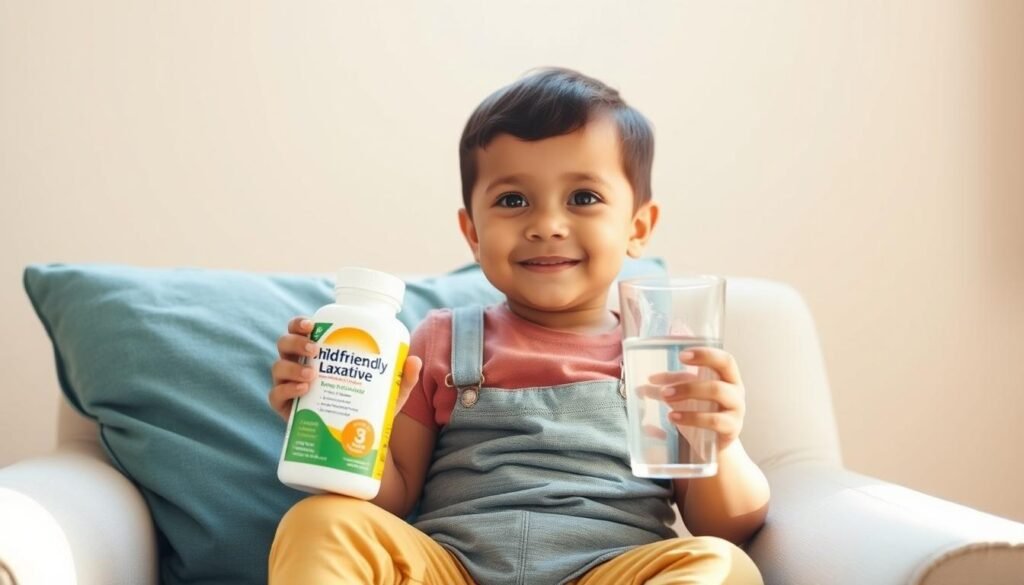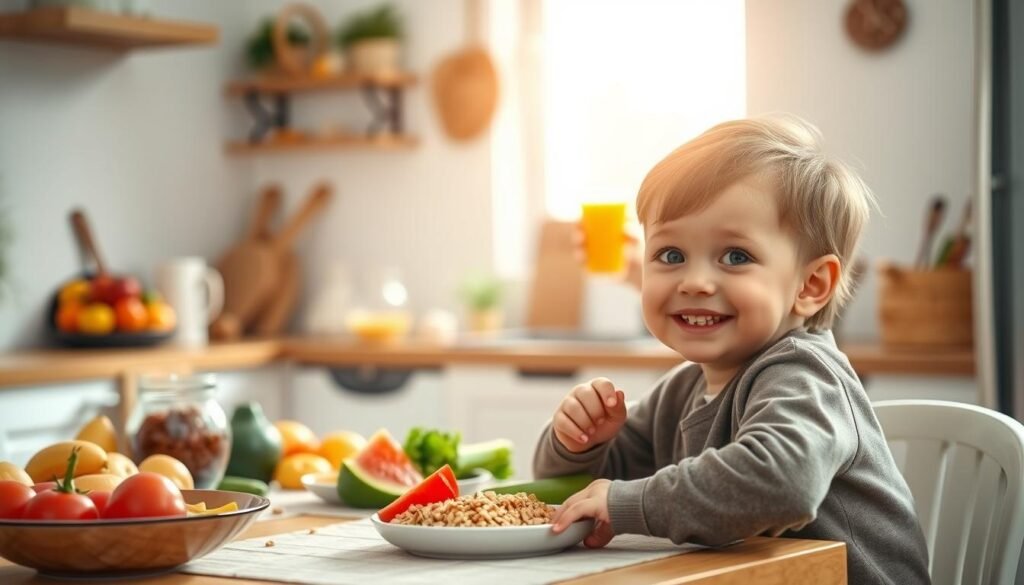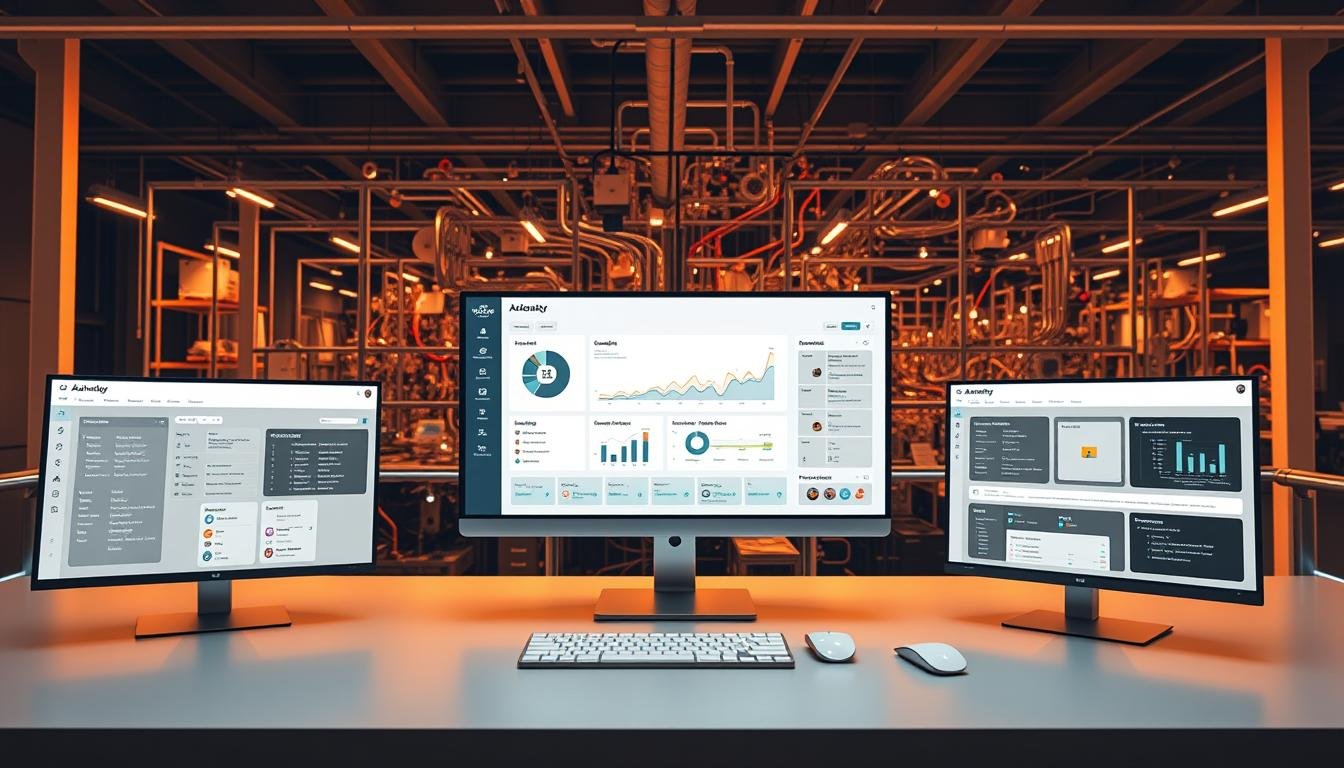Does your child struggle with uncomfortable bowel movements? Constipation affects nearly 30% of children in the U.S., making it a common yet distressing issue. Finding safe and effective solutions is crucial for their comfort and health.
Over-the-counter medications like Pedia-Lax® and Miralax® offer gentle relief. These FDA-approved options soften stool and promote regularity without harsh side effects. However, combining them with hydration and fiber-rich foods enhances results.
Ignoring constipation can lead to complications like fecal impaction. Early treatment prevents long-term bowel issues. Alongside medical solutions, natural remedies such as probiotics and dietary adjustments can support digestive health.
Key Takeaways
- Constipation affects nearly 30% of children in the U.S.
- FDA-approved OTC medications provide gentle relief.
- Hydration and diet changes improve treatment effectiveness.
- Untreated constipation may cause serious complications.
- Natural remedies can complement medical solutions.
Understanding Constipation in Children
Functional constipation is a frequent issue, yet its triggers are often overlooked. It occurs when bowel movements become infrequent or painful, disrupting a child’s routine. Identifying the causes early helps prevent long-term discomfort.
Common Causes of Constipation in Kids
Dehydration tops the list. Without enough water, stools harden, making them difficult to pass. Processed snacks and low-fiber choices in a child diet worsen the problem.
Some infants children withhold stools due to toilet-training anxiety or past pain. This habit creates a cycle of harder stools and greater discomfort.
Signs and Symptoms to Watch For
Fewer than three bowel movements weekly is a key red flag. Straining for over two weeks meets diagnostic criteria for functional constipation.
Liquid stool leakage, called overflow incontinence, signals severe blockage. Blood-streaked stools or intense abdominal pain require immediate medical attention.
When to Consider a Children’s Laxative
Persistent constipation in kids may require more than just dietary fixes. While prune juice—a natural sorbitol source—can ease mild cases, osmotic laxatives like PEG 3350 often become necessary for stubborn functional constipation. Texas Children’s Hospital reports 25% of chronic cases need clinical disimpaction.
Lifestyle Changes vs. Medication
Diet adjustments and hydration are first-line therapy. However, selective eaters or post-surgery recovery may demand medications. Polyethylene glycol (PEG) solutions outperform natural options by drawing water into the bowel, softening stools reliably.
Risks of Untreated Constipation
Delaying treatment risks encopresis (stool leakage) or rectal prolapse. Prolonged withholding creates a vicious cycle, worsening pain. For age-specific cases like travel or disrupted routines, temporary laxative use prevents complications.
Best Children’s Laxatives for Gentle Relief
Parents often seek gentle yet effective options to relieve their child’s constipation. The right choice depends on child symptoms, age, and severity. Here’s a breakdown of the safest types laxatives and how they work.
Stool Softeners (Docusate)
Stool softeners like Colace® or Pedia-Lax® ease constipation by adding moisture to stools. Docusate sodium is safer than mineral oil, which risks lung aspiration if inhaled. For kids, doses typically follow 10mg per kg of body weight.
Osmotic Laxatives (Polyethylene Glycol)
Polyethylene glycol (PEG 3350) in Miralax® is a top choice for chronic cases. It’s an osmotic laxative that pulls water into the bowel, softening stools. Studies show PEG can attract 100 times its weight in water. The standard dose is 17g daily for ages 6 months and up.
Lubricant and Stimulant Laxatives
Glycerin suppositories (Pedia-Lax®) offer quick relief for infants 6–36 months. However, stimulants like senna or bisacodyl should be used sparingly. Overuse may lead to lazy bowel syndrome, where the colon struggles to function without help.
Always consult a pediatrician before starting any treatment. Combining laxatives with hydration and fiber ensures lasting relief for constipation children face.
How to Safely Use Laxatives for Kids
Administering laxatives to kids requires precision to ensure safety and effectiveness. The right approach depends on the child‘s age, weight, and type of constipation. Always follow pediatric guidelines to avoid complications.
Age-Appropriate Dosage Guidelines
Dosing varies by age and weight. For magnesium hydroxide, use 0.5ml per kg of body weight. Infants under 2 years need a doctor’s approval before starting any medication.
Polyethylene glycol (PEG) solutions like Miralax® are safe for kids 6 months and older. Mix 17g powder with juice or freeze into popsicles for easier consumption. Chewable tablets are ideal for older children who dislike liquids.
Administering Oral vs. Rectal Laxatives
Oral medication works best for chronic constipation. PEG solutions soften stools over 12–72 hours. For immediate relief, glycerin suppositories target the rectum directly.
Insert suppositories at a slight angle for comfort. Never combine laxative types without pediatric approval. Stimulants like senna should not exceed one week of use per AAP guidelines.
Watch for emergencies: vomiting, a distended abdomen, or no bowel movements after 72 hours require urgent care. Proper hydration and fiber intake enhance treatment results.
Over-the-Counter Options Reviewed
Flavor, texture, and effectiveness vary widely among OTC constipation solutions. Parents often weigh products like Pedia-Lax® Chewables against Miralax® powder. Key differences in active ingredients and taste can influence choices.
Pedia-Lax® Chewable Tablets
These watermelon-flavored tablets contain magnesium hydroxide (1.2g per dose). They work quickly but may leave a chalky aftertaste. Ideal for kids who dislike powders, they’re a convenient counter option.
Miralax® and Other Brands
Polyethylene glycol (PEG 3350) in Miralax® is odorless and dissolves easily in drinks. Generic versions cost half as much ($0.50/dose) but offer identical results. Store PEG powders in airtight containers away from heat.
The FDA warns against unregulated gummies marketed as “natural” laxatives. For suppositories, keep them below 77°F. Always check labels for milk-based ingredients if allergies are a concern.
Natural Remedies for Child Constipation
Many parents prefer natural solutions before turning to medications for constipation relief. Simple changes in dietary habits and gut health support can make a significant difference. Here’s how to incorporate fiber, hydration, and probiotics effectively.
Dietary Adjustments: Fiber and Hydration
A balanced child diet includes 19–25g of daily fiber for ages 4–8. Pair these foods with plenty of drinks to prevent worsening symptoms:
- 1 medium pear: 5.5g fiber
- ½ cup lentils: 7.8g fiber
Hydration is critical—aim for 1oz of water per kg of body weight daily. Avoid myths: bananas don’t cause constipation, and pear juice outperforms apple juice for relief.
Probiotics and Their Role
Probiotics like Culturelle® (Lactobacillus GG) or FlorastorKids® improve gut motility. Studies show L. reuteri DSM 17938 reduces crying time in colicky infants by 50%. Add probiotic-rich foods like yogurt or kefir to meals for gentle, long-term support.
Warning: Excess fiber without fluids can harden stools. Always combine dietary changes with consistent hydration.
Safety Tips and Side Effects
Safety comes first—recognizing side effects early protects your child’s health. While medications like PEG 3350 are generally safe, certain conditions require avoiding them entirely. Always consult a pediatrician for personalized care.
When to Avoid Laxatives
Never use stool softeners if a child shows signs of bowel obstruction or appendicitis. Symptoms like bilious vomiting or “currant-jelly” stools (indicating intussusception) need emergency medicine.
Electrolyte imbalances are rare but serious. Watch for muscle cramps, irregular heartbeats, or weakness. These signal an urgent need to stop medications and seek help.
Recognizing Adverse Reactions
Paradoxical diarrhea—watery stools leaking around a blockage—often confuses parents. This requires disimpaction, not more laxatives. The AAP’s 2023 guidelines warn against senna for infants under 2 due to dependency risks.
For accidental overdoses, call Poison Control (1-800-222-1222). Quick action reduces side effects like dehydration or severe cramping.
Preventing Constipation in the Long Term
Long-term prevention of constipation starts with smart daily habits. Small changes in diet and routine can keep digestion smooth and comfortable. Consistency is key—combine healthy eating with active lifestyles for lasting results.
Healthy Eating Habits
Prioritize fiber-rich foods like oatmeal, beans, and berries. These add bulk to stools, making them easier to pass. Pair meals with water to help fiber work effectively.
Plan balanced snacks, such as apple slices with peanut butter. Avoid processed foods that slow digestion. Gradual dietary shifts prevent stomach upset while improving regularity.
Encouraging Regular Bowel Movements
Use the body’s natural reflexes by scheduling bathroom time after meals. Teach kids the “potty posture”—knees above hips—using a step stool. This position relaxes muscles for easier bowel movements.
Positive reinforcement, like sticker charts, motivates consistency. Physical activity, such as jumping or bike rides, also stimulates digestion. Address school bathroom fears with discreet strategies.
When to See a Pediatrician
Some constipation cases require medical expertise beyond home treatments. If lifestyle changes and OTC options fail after two months, consult a pediatrician. Early intervention prevents complications like persistent symptoms or developmental delays in infants children.
Red Flags and Persistent Symptoms
Watch for alarming signs: unexplained weight loss, fever, or blood in stools. These may indicate infections or structural issues like perianal fissures. Chronic pain or stool leakage (encopresis) also warrants immediate care.
Diagnostic Tests for Severe Cases
Pediatricians use tools like the Bristol Stool Scale to assess stool consistency. For complex cases, diagnostic tests like barium enemas or anorectal manometry check muscle function. Rectal biopsies rule out Hirschsprung’s disease, a rare nerve disorder.
Biofeedback therapy helps kids with dyssynergic defecation retrain pelvic muscles. Always share a detailed symptom history with your doctor to guide medicine or therapy choices.
Conclusion
Managing constipation in a child requires a balanced approach. Start with diet changes—more fiber and water—then consider gentle treatment like Miralax® if needed. The NASPGHAN guidelines recommend PEG 3350 as a safe first-line option.
Early action matters. Studies show 70% of cases improve with timely care. Track progress with our free bowel movement tracker to spot patterns and adjust strategies.
For severe symptoms like vomiting or no relief after 72 hours, contact a doctor immediately. Keep emergency numbers handy for acute complications. With the right steps, most children find lasting relief.
FAQ
What are the common causes of constipation in kids?
Low fiber intake, dehydration, lack of physical activity, and holding in bowel movements are common triggers. Some medications or medical conditions may also contribute.
How can I tell if my child is constipated?
Look for infrequent bowel movements, hard stools, straining, stomach pain, or bloating. Some kids may avoid using the toilet due to discomfort.
When should I consider using a laxative for my child?
If dietary changes, hydration, and exercise don’t help after a few days, a pediatrician may recommend a gentle laxative like polyethylene glycol or docusate.
Are over-the-counter laxatives safe for children?
Some OTC options, like Miralax® or Pedia-Lax®, are formulated for kids but should only be used under a doctor’s guidance to avoid misuse or side effects.
What natural remedies help with constipation?
Increasing fiber-rich foods (fruits, veggies, whole grains), encouraging water intake, and probiotics can support healthy digestion. Regular toilet routines also help.
What are the risks of untreated constipation?
Chronic issues may lead to painful fissures, stool withholding, or encopresis (leakage). Early treatment prevents long-term complications.
When should I take my child to a pediatrician?
Seek help if symptoms last over two weeks, include blood in stools, severe pain, or weight loss. Persistent cases may need further evaluation.











